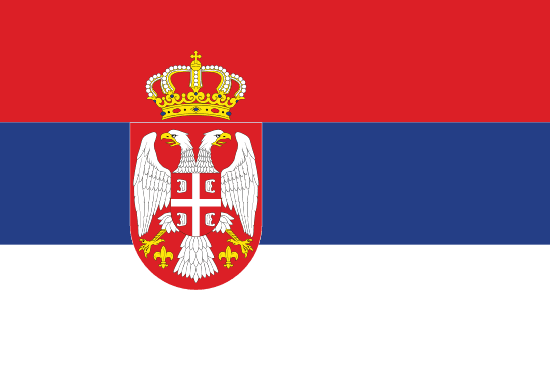"Pristina, qyteti i të gjithëve | Pristina, city for all"
About:
Pristina, the capital of Kosovo, has a rich history dating back to the Neolithic era. It became a significant Roman city before falling to Slavic tribes in the 6th century. The Ottomans ruled from the 15th century until 1912, when Serbia took control. After WWII, it became part of Yugoslavia. In 1999, NATO intervened to stop ethnic conflict, and in 2008, Kosovo declared independence. Today, Pristina is a vibrant city with a mix of Ottoman, Yugoslav, and modern architecture.
When to visit:
Pristina, the capital city of Kosovo, experiences a continental climate with distinct four seasons. The ideal time to visit Pristina is during the spring and autumn months, specifically in April-May and September-October. During these times, the weather is mild and pleasant, making it perfect for exploring the city's attractions and outdoor activities. Summer can be hot and crowded, while winter brings cold temperatures and occasional snowfall, which may limit certain activities.
When to avoid:
The worst time to travel to Pristina, the capital of Kosovo, on a holiday is during the winter months of December to February. Pristina experiences cold temperatures, often dropping below freezing, with frequent snowfall and icy conditions. Many attractions and outdoor activities may be limited or closed during this time, making it less enjoyable for tourists. Additionally, the holiday season can bring increased crowds and higher prices for accommodations and flights.
Winter (Dec-Feb)
In Pristina, the coldest and wettest part of the year is typically from November to February. Average temperatures range from -2°C to 6°C. Snow is common, with January being the snowiest month. Rainfall averages around 40-50mm per month. Days are short with around 3 hours of sunlight, and cloud cover is substantial, leading to overcast skies. Visitors can expect chilly, damp days, often with snowfall or drizzle. Indoor activities are popular during these months, and warm, waterproof clothing is essential.
"Summer (June-August)"
Pristina, the capital of Kosovo, experiences its warmest part of the year between June and August. During this period, the average high temperatures range from 25°C (77°F) to 30°C (86°F). The nighttime temperatures, on the other hand, are usually around 15°C (59°F), making the evenings quite pleasant.
Rainfall during this period is relatively low, with July being the driest month of the year. The average monthly rainfall in these months is around 40mm. So, while there might be occasional showers, they are usually short-lived and not too disruptive to any outdoor plans.
In terms of sunlight, you can expect long, sunny days as the average daily sunshine hours are around 10. This is perfect for sightseeing and exploring the city's attractions.
Humidity levels are moderate during these months, with relative humidity ranging from 45 to 65%, which makes the heat more bearable.
As for cloudiness, the summer months in Pristina are generally clear with some occasional partially cloudy days.
A typical day for a visitor in Pristina during the warmest part of the year would involve enjoying the warm, sunny weather. The heat is comfortable rather than oppressive, thanks to the moderate humidity. You might experience an occasional short rain shower, but these are usually quick and followed by clear skies. The evenings are cooler, providing a nice balance to the warm daytime temperatures.
Language:
In Pristina, the capital and largest city of Kosovo, the most commonly spoken language is Albanian. This language is used in all aspects of daily life, from business to education. Other languages spoken include Bosnian, Turkish, and Serbian. English is also increasingly popular, particularly among the younger population and in the business sector.




